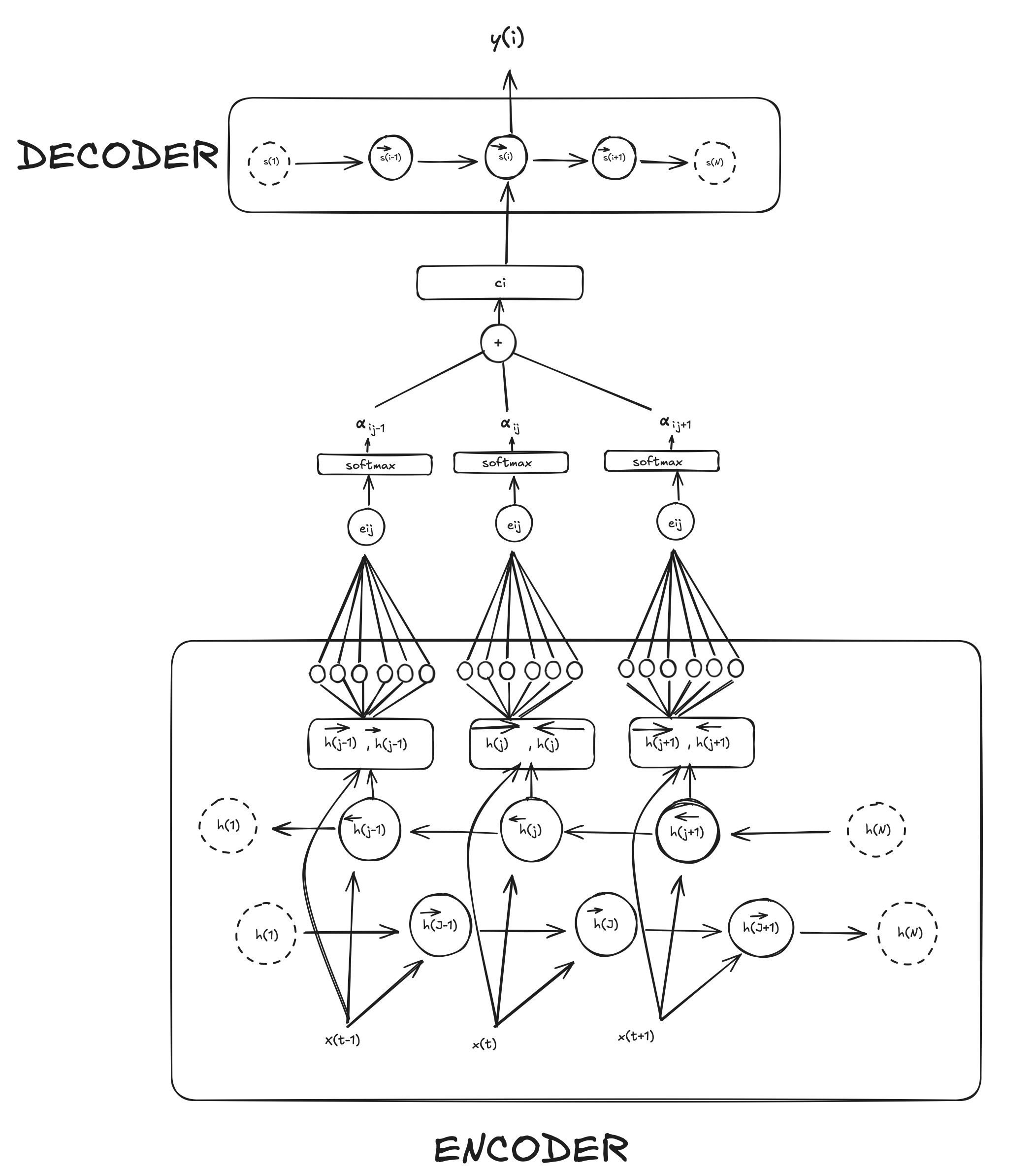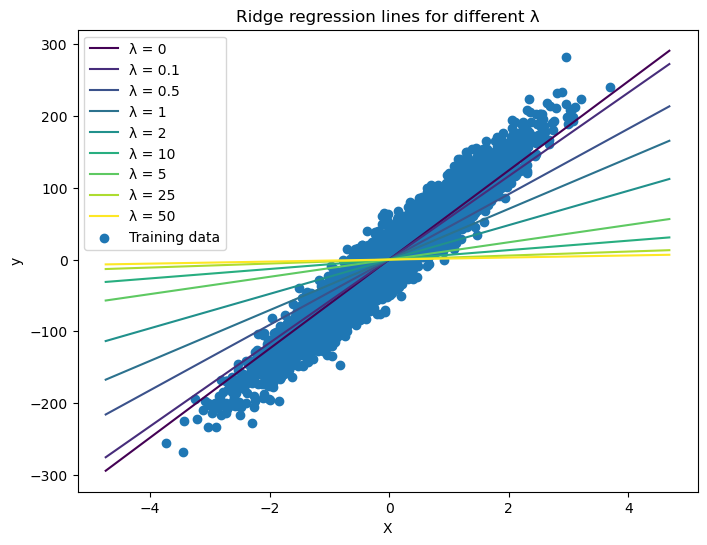Cost Function
Published:
Definition
In machine learning (ML), a cost function (also called a loss function) is a measure of how well the model’s predictions match the actual outcomes or targets. The cost function gives a numerical value, the cost or loss that quantifies the error (or “cost”) between the predicted values and the true values The goal of training a machine learning model is to minimize this cost function by adjusting the model’s parameters.
Loss function
There’s multiple way we can compute the loss function - $\mathcal{L} (y_i, \hat y_i$)- where $y_i$ is the actual output and $\hat y_i$ is the predicted output. One example could be using Cross-entropy as Loss function
\[\text{Loss} = -\sum_i^V \left[ y_t^{(i)} \log(\hat{y}_t^{(i)}) \right]\]$V$ is the number of possible classes (in language modeling, the size of your vocabulary), $\mathbf{y} = (y^{(1)}, \dots, y^{(V)}$) is the true distribution of classes (often a one-hot vector, $\hat{\mathbf{y}} = (\hat{y}^{(1)}, \dots, \hat{y}^{(V)})$ is the predicted probability distribution from your model (often via a softmax function).
Loss over $n$ samples
$J(\theta)$ is the overall loss function, often called the cost function, which aggregates the loss across all training samples.
\(J(\theta) = \frac1{n}\sum^n_{i=1}\text{Loss}(\hat y_i, y_i)\) $n$ is the number of data points. $\hat{y}$ is the prediction for the $i$ data point. $y_i$ is the true label for the $i$-th data point.
Here, we are averaging across multiple data samples. Each $\text{Loss}(\hat{y}_i, y_i)$ is computed per data sample, summed across all samples and then averaged.
The Loss function measures the error for a single data point. The form of this loss function varies based on the problem type.
Inputs & Outputs
- Input: The cost function takes the predictions made by the model and the actual ground truth values.
- Output: It returns a single number representing the total error or loss.ç
Types
Can be many.
- Mean Squared Error or Least squares \(\begin{equation} J(\theta) = \frac 1 2 \sum_{i=1}^n \left( h_\theta(x^{(i)}) - y^{(i)} \right)^2\text{.} \end{equation}\)
How to Choose a Cost Function
- Regression:
- MSE: Use when larger errors need more emphasis.
- MAE: Use when all errors are equally important.
- Huber Loss: Use when you need robustness to outliers.
- Classification:
- Binary Cross-Entropy: Use for binary classification.
- Categorical Cross-Entropy: Use for multi-class classification.
- Weighted Cross-Entropy: Use when dealing with imbalanced classes.
- Custom and Domain-Specific:
- Consider custom loss functions when you have specific requirements (e.g., different costs for false positives/negatives).
- Regularization:
- Add L1 or L2 regularization when you want to control overfitting by constraining model complexity.



Comments